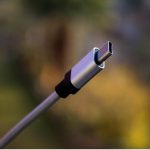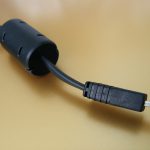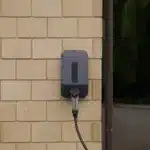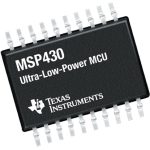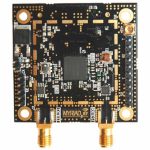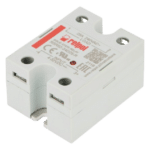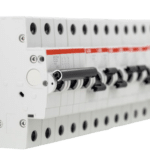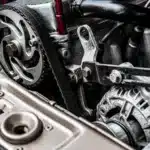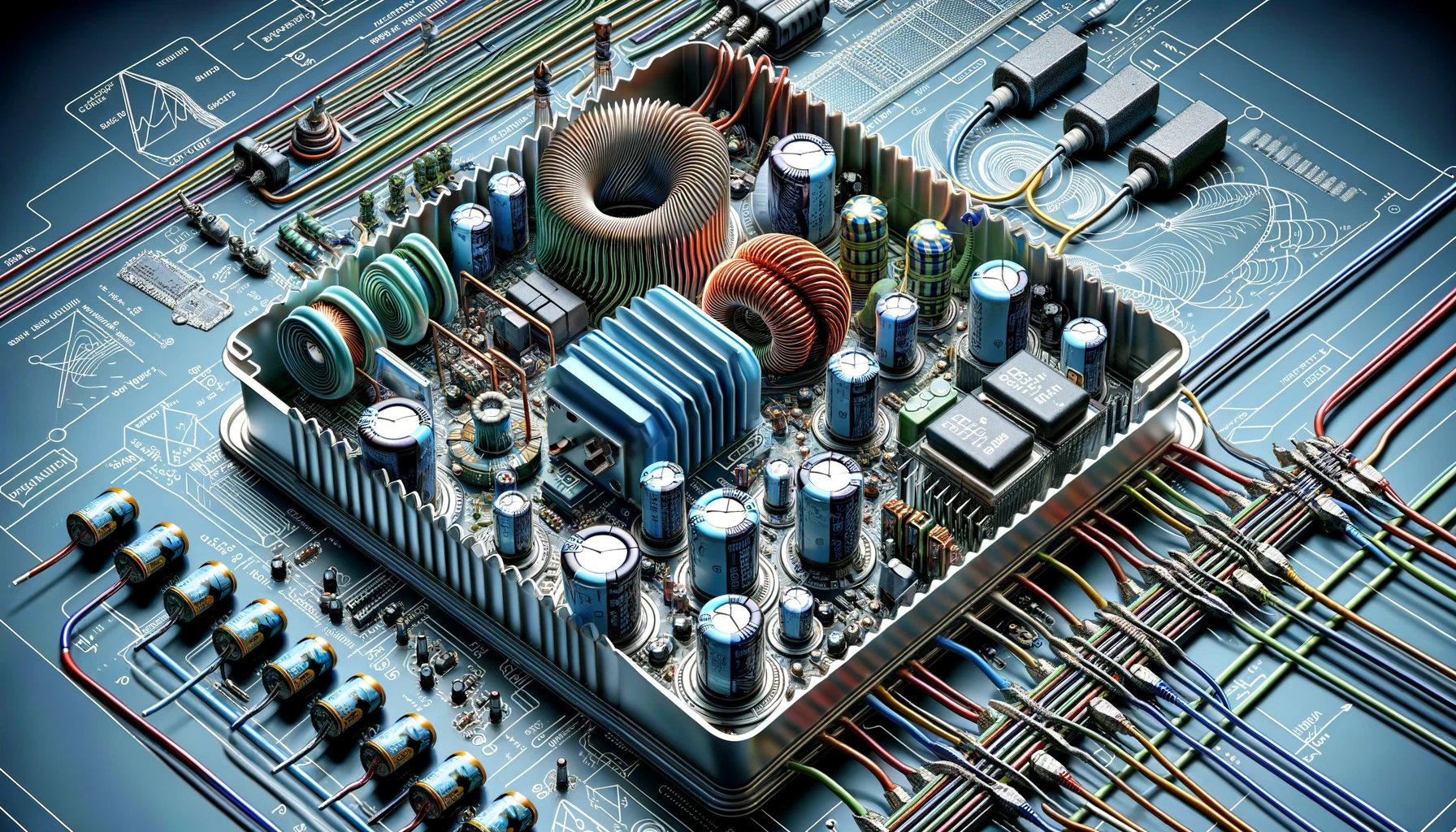
Introduction
DC/DC converters, critical electronic circuits and electro-mechanical devices are significant in modern electronics designed to enable efficient power conversion in various applications—ranging from consumer electronics to industrial machinery. However, one challenge that accompanies these converters is Electromagnetic interference (EMI), which impacts the performance and reliability of electronic systems. Effective EMI management is essential in the design and operation of DC-DC converters, especially in sensitive applications. Fortunately, there are multiple ways to mitigate EMI in these converters. This document explores various effective techniques to reduce EMI emissions, enhancing system stability and compliance with regulatory standards.
A Brief Overview of EMI in DC/DC Converters
EMI in DC/DC converters, often called electrical noise, is an unwanted electromagnetic radiation or disruption generated by the rapid switching of current and voltages within devices during operation. EMI can interfere with other nearby devices and electronic components, degrading performance and even leading to device failure. This interference can propagate through conductive and radiative pathways, affecting nearby circuits and communication systems.
The Need for EMI-Free DC/DC Converters
EMI-free DC/DC converters are crucial because they ensure the stable operation of sensitive equipment where precision and reliability are paramount. By minimising EMI, these converters help in maintaining the integrity of signal transmissions, enhancing the quality of electronic communication and data processing. Additionally, EMI-free converters contribute to the longevity of both the device they are integrated into and surrounding devices by reducing the stress caused by noise and interference. Adopting EMI-free DC-DC converters is not just about compliance with regulations; it’s about enhancing overall system performance, ensuring safety, and promoting sustainability in electronic design.
Fundamental Sources of EMI in DC/DC Converters
Before embarking on effective strategies to mitigate EMI in DC/DC converters, it is vital to know the reasons for these interferences. Understanding these sources is fundamental to applying effective EMI reduction techniques. EMI in DC/DC converters primarily arises from rapid changes in current and voltage. These changes occur due to the switching action of the converter’s components, like transistors and diodes, which create noise and disturbances. In DC/DC converters, parasitic elements and layout designs also contribute to EMI generation.
Advanced/Effective Techniques for Reducing EMI in DC/DC Converters
EMI in DC-DC converters can be mitigated using various techniques and are categorised into:
Design Techniques
Design techniques involve careful planning and design choices from the initial stages of development to minimise EMI emissions. Some effective design techniques include:
- Layout Considerations
The physical layout of a DC/DC converter significantly affects its EMI characteristics. Strategic placement of components and minimising the loop areas through which high-frequency currents flow are crucial. Keeping power paths short and wide reduces the impedance and inductance, thereby reducing noise generation. Additionally, separating high-speed components from sensitive areas reduces interference.
- Component Selection and Placement
Using components with better performance characteristics can also mitigate EMI. For instance, low ESR (Equivalent Series Resistance) capacitors help dampen high-frequency oscillations, and choosing shielded inductors can minimise radiated noise. Placing these components strategically within the circuit layout enhances the converter’s overall EMI suppression capability.
- Shielding and Grounding
Effective shielding involves encasing noise-sensitive or noise-generating components in conductive or magnetic materials, blocking the path of electromagnetic fields. Grounding, on the other hand, provides a path for noise currents to dissipate safely. Proper grounding techniques are vital, as improper methods can inadvertently create ground loops or antenna-like structures that exacerbate EMI problems.
Filtering Techniques
Filtering involves using filters to attenuate EMI in DC/DC converters. Input and output filters can effectively suppress conducted emissions. Common filter types include LC (inductor-capacitor) filters, blocking higher frequencies while allowing DC and low-frequency signals to pass. Additionally, adding ferrite beads to cables can absorb high-frequency noise, preventing its transmission along power lines.
Soft Switching Techniques
Soft switching techniques, such as Zero-Voltage Switching (ZVS) and Zero-Current Switching (ZCS), can significantly reduce EMI. These techniques ensure the switching occurs at either zero current or zero voltage, thereby minimising the generation of electromagnetic noise.
Advanced Techniques for EMI Reduction in DC-DC Converters
Besides the approaches mentioned above, there are advanced techniques for achieving EMI-free DC-DC converters, such as:
- Spread Spectrum
One advanced technique for reducing EMI is spread spectrum technology. By slightly varying the switching frequency of the converter, the energy is spread over a wider frequency band, thus lowering peak EMI emissions. This method can be particularly effective in systems where EMI needs to be minimised without extensive redesign.
- Active EMI Cancellation
Active EMI cancellation involves generating a signal that is the inverse of the noise signal, effectively cancelling out the noise. This technique requires sophisticated control systems but can significantly reduce EMI without impacting the converter’s efficiency.
Technique of Using Snubber Circuits
Snubber circuits are effective in dampening the ringing and overshooting in switching circuits, thus reducing their EMI emissions. These circuits typically comprise a resistor and a capacitor placed across a switch.
Takeaway
Managing EMI in DC/DC converters is essential for ensuring the optimised efficiency, reliability, and performance of electronic systems. Through careful design, component selection, and the implementation of advanced techniques, it is possible to minimise both conducted and radiated EMI. The technological advancements and the development of new materials and methods will enhance the ability to control EMI, benefiting a broad spectrum of electronics applications. Adopting these strategies not only complies with regulatory standards but also improves system durability and user satisfaction.






